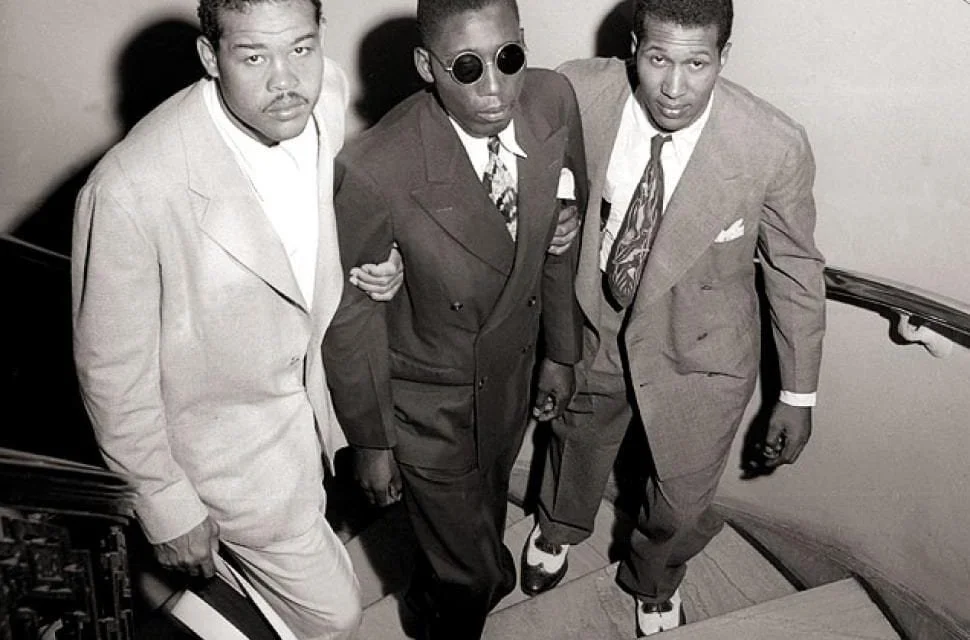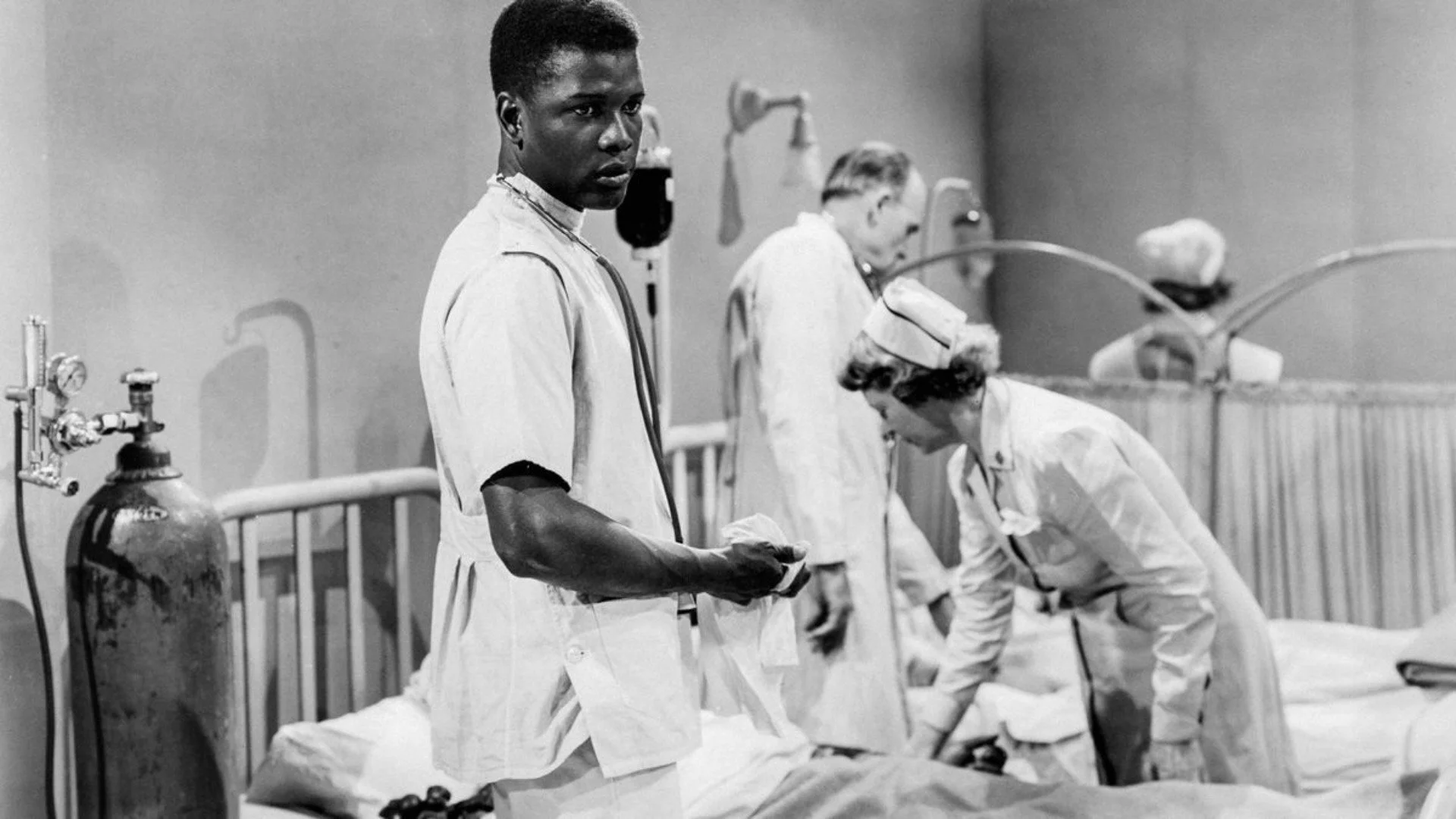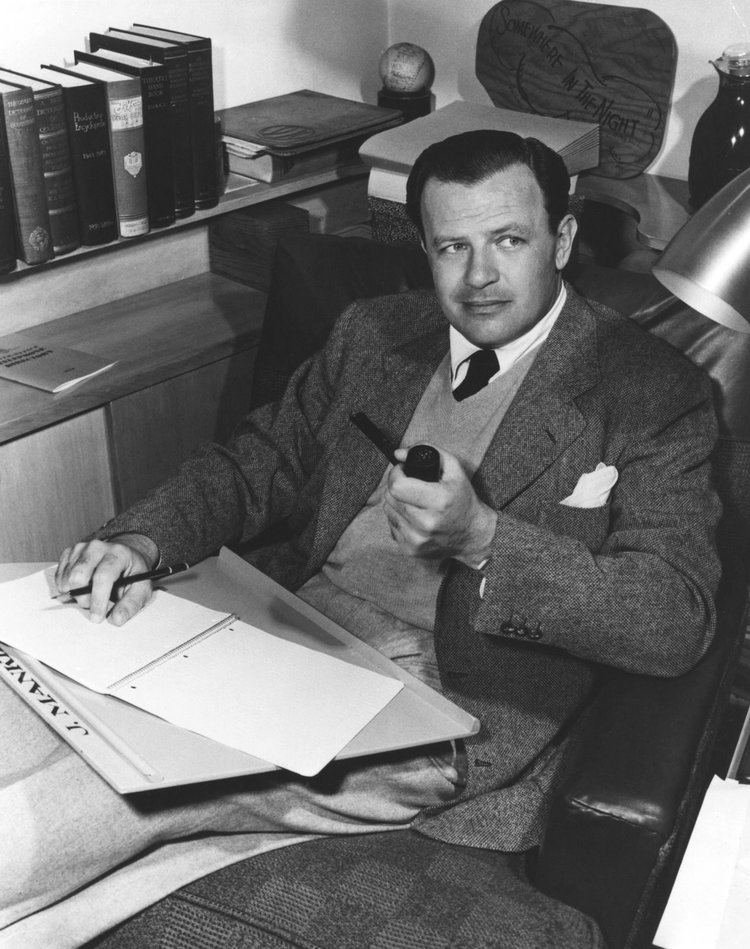REVIEW: NO WAY OUT
Just hours after being honorably discharged from the Army in early February 1946, Sergeant Isaac Woodard Jr., a black man, was riding through South Carolina on a Greyhound Bus. At a rest stop outside Augusta, he asked the driver if there was time for him to use the bathroom. After a minor squabble, the driver let Woodard off the bus for a moment and the sergeant returned calmly to his seat when he was done. However, during a later stop in Batesburg-Leesville, the driver called the police who then arrested Woodard for disorderly conduct. He was brutally beaten with nightsticks that night by local chief of police Lynwood Shull and his men, according to Shull’s statement in court, because he said “Yes” instead of “Yes, sir” while in custody. The assault left him blinded for life. The next morning, Woodard was also fined fifty dollars for allegedly drinking alcohol on the bus.
Reported missing by his family, the sergeant was located after three weeks at a local hospital, receiving substandard care. The case was buried until NAACP leaders and black owned newspapers amplified it. Eventually it gained national attention thanks to Orson Welles, who covered the incident extensively on his radio program that summer.
Isaac Woodard Jr. (1919-1992)
President Truman was outraged, reportedly exclaiming: “My God, I had no idea it was as terrible as that,” when NAACP Executive Secretary Walter Francis White met with him that September to discuss Woodard. A letter was fired off to Attorney General Tom C. Clark and about a week later an investigation was launched. Truman also spoke at an NAACP meeting in June 1947 at the Lincoln Memorial— becoming the first president to directly address a civil rights gathering. Then on July 26th 1948, in the midst of a particularly eventful presidential election cycle, Truman signed Executive Order 9981 and 9980, desegregating the military and federal workforce. Compliance was slow, especially from the Army, but the orders forced integration over time— significantly impacting unit cohesion, combat effectiveness and survival rates during the Korean War, which began in June 1950.
There were obviously an innumerable amount of grotesque episodes like what happened to Isaac Woodard Jr. during the postwar era as over a million black servicemen returned to a country that still treated them like second-class citizens (to say the least). But this chronology of widely discussed events may have been in part what the average American viewer had on their mind regarding race relations when No Way Out was released during the Fall of 1950. A truly harrowing medical drama from 20th Century Fox, it starred a twenty-two year old Sidney Poitier in his screen debut as Dr. Luther Brooks— a newly minted physician working at a county hospital in an unknown city. One night two white criminal brothers, Johnny and Ray Biddle, are placed under his care, wounded in a robbery gone wrong and Brooks finds himself in a bad position when one of them dies and the surviving brother, Ray, accuses him of murder.
Sidney Poitier in No Way Out (1950)
Fresh off the box-office and Oscar success of 1947’s Gentleman’s Agreement, which focused on antisemitism, and 1949’s Pinky, about white passing, 20th Century Fox’s Darryl F. Zanuck was in the market for another project to further explore prejudice on film. In January 1949 he bought the rights to Lesser Samuel’s original pitch for No Way Out in a bidding war against four rival studios. Internal memos show Zanuck declaring the film should “consciously avoid making propaganda, but at the same time the final result of [their] efforts should be a picture which is actually powerful propaganda against intolerance” while also warning that in “so-called white cites, such as Detroit, Omaha, St. Louis and Philadelphia” Police Commissions would likely ban it outright. “We already know that we will lose about 3,000 accounts in the South,” he said, “who will not play the picture under any circumstances.”
He assigned the project to writer-director Joseph L. Mankiewicz. Mankiewicz had just finished working on All About Eve— which would earn fourteen Oscar nominations in 1950 including four female acting nominations (the only film in history to do so). He rewrote the script for No Way Out, made under contract by Lessor Samuel over a ten week period, telling one reporter in October 1949, “We are dealing with the absolute blood and guts,” of racial hatred. During this time he also fought with the almighty Production Code Authority to retain extensive use of the n-word in his script, arguing that that sanitizing hate speech would damage the film’s purpose.
Mankiewicz hired several talented Hollywood professionals to work on No Way Out, a few of which had been apart of his crew for All About Eve. This roster included editor Barbara McLean, cinematographer Milton Krasner and composer Alfred Newman— who’s use of muted horns underscores the film’s simmering moral tension. Afro-Bahamian actor Sidney Poitier, who I mentioned earlier, was selected for the lead role after rigorous testing.
Joseph L. Mankiewicz (1909-1993)
Before No Way Out, Poitier struggled to find recognition in the industry. Born two months premature in 1927 in Miami, Florida while his parents (tomato farmers from Cat Island) were there on business, Poitier moved to New York City at the age of sixteen to audition for the American Negro Theatre. Denied due to his limited reading ability, he lied about his age to enlist in the Army that November, 1943, and was assigned to a Veteran’s Administration hospital. But frustrated by the poor treatment of the patients there, he faked mental illness and was discharged— settling in Harlem. Auditioning for the same group he had a year prior, he succeeded but was laughed off stage, this time because of his accent and stiff delivery. Steadfast, he worked as a janitor to pay for acting lessons and bought a radio— mimicking the voices of American radio announcers night after night, most often Norman Brokenshire. In 1946, he was noticed by a talent scout while performing in a stage version of the ancient Athenian comedy Lysistrata and was invited to understudy in Anna Lucasta— the height of his career before being cast by Mankiewicz.
On the contrary, the actor portraying racist antagonist Ray Biddle, Richard Widmark, was already quite famous for his Joker inspired (yes, the Batman villain) performance in the 1947 film-noir Kiss of Death. A New-Deal liberal, Widmark was horrified by the words he was hired to shout at Poitier. Members of the crew recall these scripted tirades as emotionally exhausting for nearly everybody. Widmark repeatedly apologized to Poitier between takes and Poitier is said to have stayed in character through the shoot “to keep from flinching.”
Linda Darnell, a Dallasite born in 1923, appears as Edie Johnson, a white working-class woman caught between her loyalty to her bigoted community and her developing conscience. Signed by Fox when she was fifteen-years-old, she achieved fame by the early 1940s starring in films like The Mark of Zorro in 1940, Hangover Square in 1945 and the risky Forever Amber in 1947. But unfortunately, for a variety of reasons, Darnell’s career began to falter as the decade came to a close. Relevant to her role in No Way Out, Darnell’s personal life, which had always been a bit of a mess to put it kindly, began to fall apart as well. In 1943 at the age of nineteen she had married a forty-two-year-old cameraman named Peverell Marley. A heavy drinker, he influenced Darnell to imbibe with him, contributing to her eventual dissent into alcoholism. She quickly became involved in at least two high-profile affairs. The first was with eccentric billionaire Howard Hughes beginning in 1946 and the second was with No Way Out director Joseph L. Mankiewicz. Torrid and lengthy, their relationship resulted in a near-suicide attempt in 1949 when the director left town to shoot All About Eve. In June 1950 shortly before the release of No Way Out, she began legal proceeding to divorce Peverell Marley. She would later refer to No Way Out as “the only good picture I ever made.”
Linda Darnell (1923-1965), Mankiewicz and Poitier on set of No Way Out in 1949.
Stephen McNally and Mildred Joanne Smith (a black jazz singer making her only screen appearance), alongside future civil-rights icons Ossie Davis and Ruby Dee, rounded out the rest of the cast— portraying the family and colleagues of Poitier’s character with authenticity. Showing the black American experience, grounded in reality, was a suggestion made by writer Philip Yordan shortly after 20th Century Fox purchased the concept from Lesser Samuels.
Principle photography began in October 1949, and continued for eight weeks with hospital wards created on a soundstage for camera mobility purposes. Technical advisor Valentine Becker, a California State Rehabilitation Officer for the Deaf, coached Widmark, Darnell and actor Harry Bellaver in basic sign language for a subplot starring Bellaver as a third, deaf-mute Biddle brother. As Darryl F. Zanuck predicted, bans and condemnation poured in following the movie’s release a year later. Chicago’s Mayor Martin Kennelly banned the film after police commissioner John Prendergast warned it “might cause more racial unrest than we have now.” Mankiewicz called the ban “absurd.” Walter Francis White and the Chicago Sun-Times also derided the decision. Kennelly finally changed his mind after three minutes of riot footage was removed. Theaters in Virginia, Maryland, Ohio and Pennsylvania also screened cut versions of the film. In Massachusetts a ban was put in place for Sundays only. The National Legion of Decency came out against the picture, and according to an official from 20th Century Fox’s sales department, there were no attempts made to release the film in the Southern states.
Sidney Poitier was praised for his performance, but his career related problems were far from over. Back in 1947, Poitier became a founding member of the Committee for the Negro Arts (CNA), an analytical organization that studied racial exploitation. His membership to CNA, along with his association with known left-wing entertainers like Paul Robeson and Canada Lee (who died of a heart attack in 1952 before a scheduled appearance before HUAC), led to a short period of blacklisting— broken in 1955 when he was cast in Blackboard Jungle. Three years later, The Defiant Ones, finally made him a household name.
No Way Out earned only one nomination at the 23rd Academy Awards (Best Story and Screenplay) and had modest box-office returns, but its release was a historical moment for Hollywood. Poitier’s barrier breaking future career aside (and thats a big aside), Mankiewicz’s combative classic was an unflinching indictment of racism that emerged from a very real desire to explore an American social disease regularly and intentionally sidelined in movies previously.
Citations
American Film Institute. No Way Out (1950) – AFI Catalog Spotlight. American Film Institute, 1 Oct. 2025. Web.
Lev, Peter. Twentieth Century-Fox: The Zanuck-Skouras Years, 1935-1965. Austin: University of Texas Press, 2013.
“’No Way Out’ and the Best of ‘Social Message’ Film Noir.” Film School Rejects, 21 Nov. 2021. Web.
“No Way Out – AFI Catalog of Feature Films.” AFI Catalog, American Film Institute. Web.



